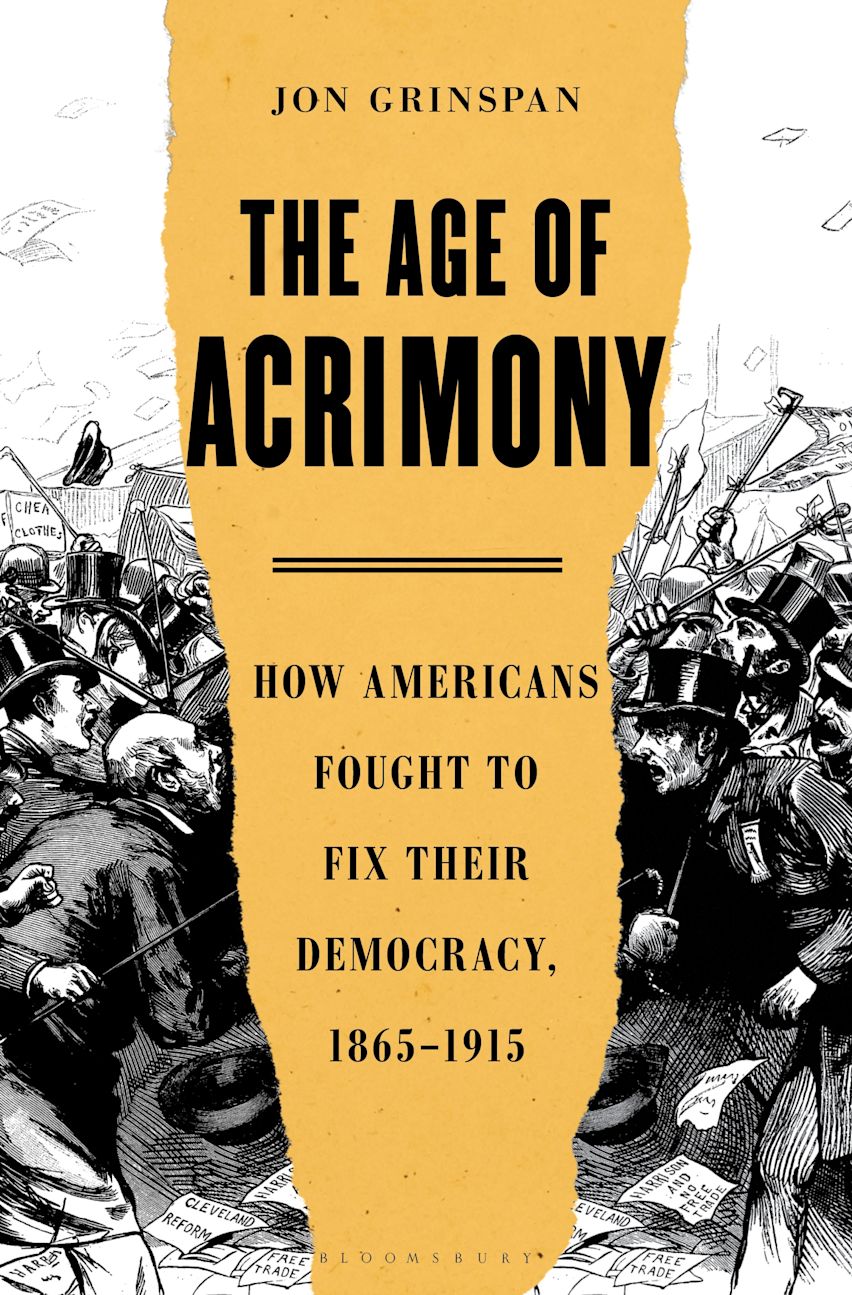In “The Four Lost Men,” an elegiac short story written in the 1930s about his dying father’s memories of life in post–Civil War America, Thomas Wolfe memorably conjured up the era’s presidents: “My father spoke then of the strange, lost, time-far, dead Americans…the proud, vacant, time-strange, and bewhiskered visages of Garfield, Arthur, Harrison and Hayes…. Who was Garfield, martyred man, and who had ever seen him in the streets of life?… Who had heard the casual and familiar tones of Chester Arthur? And where was Harrison? Where was Hayes? Which had the whiskers, which the burnsides: which was which? Were they not lost?”
Wolfe’s words are frequently quoted to illustrate the seeming irrelevance of national politics in what Mark Twain and Charles Dudley Warner called the Gilded Age, when it did not seem to matter who occupied the White House, since real power was enjoyed not by presidents but by the robber barons who were transforming the United States into the world’s foremost industrial economy. Can anyone today identify a single accomplishment of Benjamin Harrison or Chester A. Arthur? Who can explain in plain English what the heated battle over the “free coinage of silver at 16 to 1” was all about?
Jon Grinspan does not cite Wolfe in his new book, The Age of Acrimony, but it is easy to imagine him doing so. Not, however, to underscore the pointlessness of Gilded Age politics, but as evidence of late-19th-century Americans’ intense identification with the two major parties. Wolfe’s four lost men may have lacked charisma and accomplished almost nothing while in office, but, Grinspan argues, Americans were far more passionately invested in national politics then than they are today. And if you think our current moment of hyperpartisanship, political polarization, abusive language, widespread efforts to suppress the right to vote, and violent clashes over electoral outcomes is unprecedented, think again. As far back as the 1790s, opponents called George Washington a British agent and Thomas Jefferson a lackey of revolutionary France. In the decades before the Civil War, not a session of Congress passed without punches being exchanged between lawmakers and knives and pistols being drawn in the Capitol. But the high point of this kind of acrimonious politics came in the Gilded Age.
A curator of political history at the National Museum of American History in Washington, D.C., Grinspan draws on an impressive array of memoirs, letters, and scholarly works. Thanks to his position in a history museum, he is also intimately familiar with the material culture of politics, and he directs the reader to the “incredible variety of campaign paraphernalia”—the banners, placards, broadsides, buttons, and other items—displayed during electoral campaigns. The result is a compelling portrait of the central place of national party politics in Americans’ lives and how this began to change around the turn of the 20th century. Grinspan shows how a raucous democratic system in which the vast majority of the electorate voted gave way to a more sedate and exclusionary political culture that, in the name of political reform, erected more and more barriers to participation by working-class Americans.
